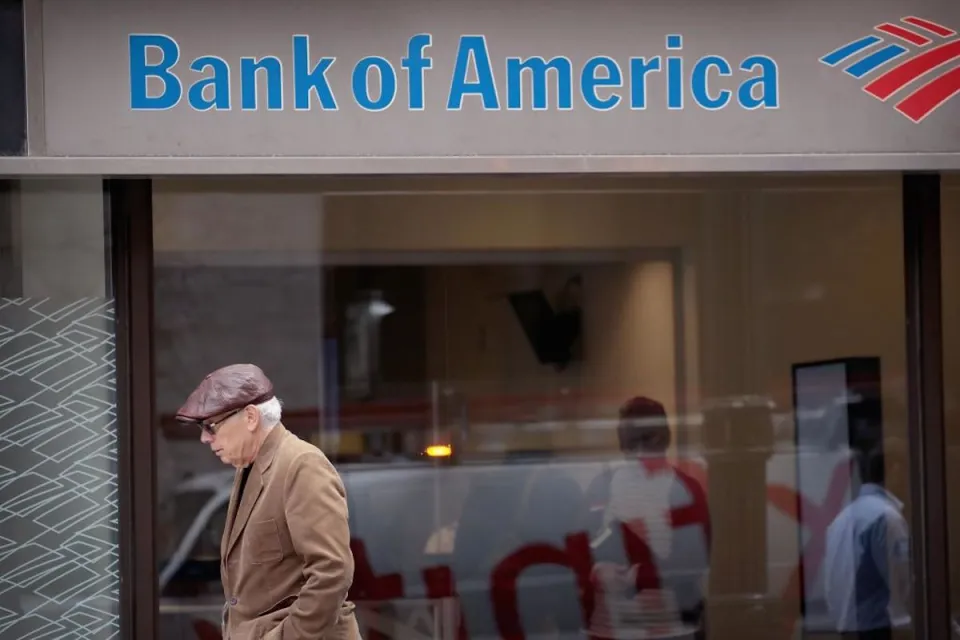Table of Contents
Traditional banking usually resorts to a series of charges, commissions or penalties for the use of accounts or other types of additional services such as handling ATMs.
Financial culture is not only limited to having good control of money through a timely record of income and expenses or having a savings plan, it also implies having knowledge of how the institutions and tools in charge of managing funds work. resources, in particular banks, and where a series of rules are included that result in charges or penalties that are not always taken into account and that can mean an unforeseen flight of money.
Despite the fact that banking institutions do not have the popularity that allows them to have greater social acceptance, they are still the core organizations in the financial system of people, companies and even countries, so understanding their operation contributes to building a better economic scaffolding, which is why we share 5 unexpected fees that banks charge if they are not given due attention.
1. Minimum balance
It could be thought that having a savings account should not imply the obligation to keep a minimum of funds for its operation ; However, this surcharge, which has been inherited for decades among banks, although it is no longer used, continues to surprise many users with fees between $5 and $25 dollars per month depending on the case. If it is difficult to maintain a floor in the saved resource, it is best to opt for an account that does not charge for this concept.
2. ATMs
It is common to be confused with the use of ATMs when disposing of the money in the account, but the truth is that if they are not those that belong to the same banking institution where the resources are held, it is most likely that its use implies a charge that may vary depending on whether or not there are agreements between the institutions involved, but which is usually around $4 dollars.
3. Transactions
Another charge that is based on the use of the accounts and that usually does not find a convincing explanation on the part of bank clients, since after a certain number of movements, a charge is generated that can range from $3 dollars to $25. As in the case of minimum balance charges, it is best to be sure that the account used does not generate charges for this concept.
4. Transfers
In the United States it is common to use wire transfers for money transfers via the bank; however, this service is usually accompanied by commissions as excessive as $20 dollars in the national ones and up to $35 in the international ones, so the best thing in these cases is to look for other much cheaper alternatives.
5. Account closure
Not only can opening and maintaining an account represent a charge to the user of traditional banking, closing it also sometimes represents a reason to receive a commission, especially in those accounts in which they ask for a minimum time of permanence (usually between three and six months), many times without the users themselves knowing.
